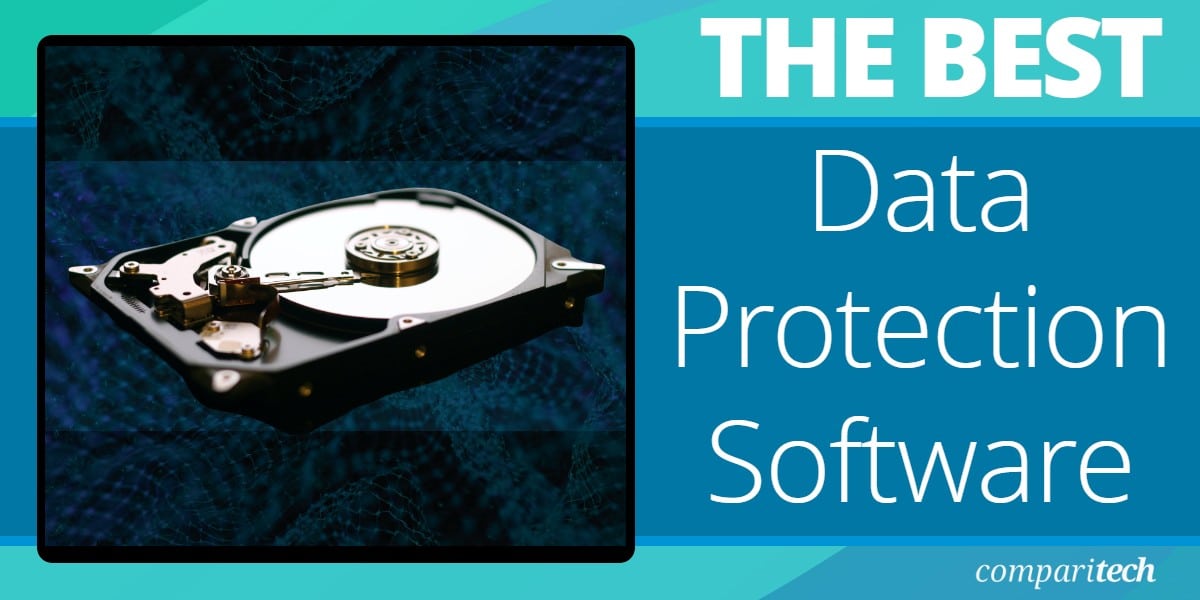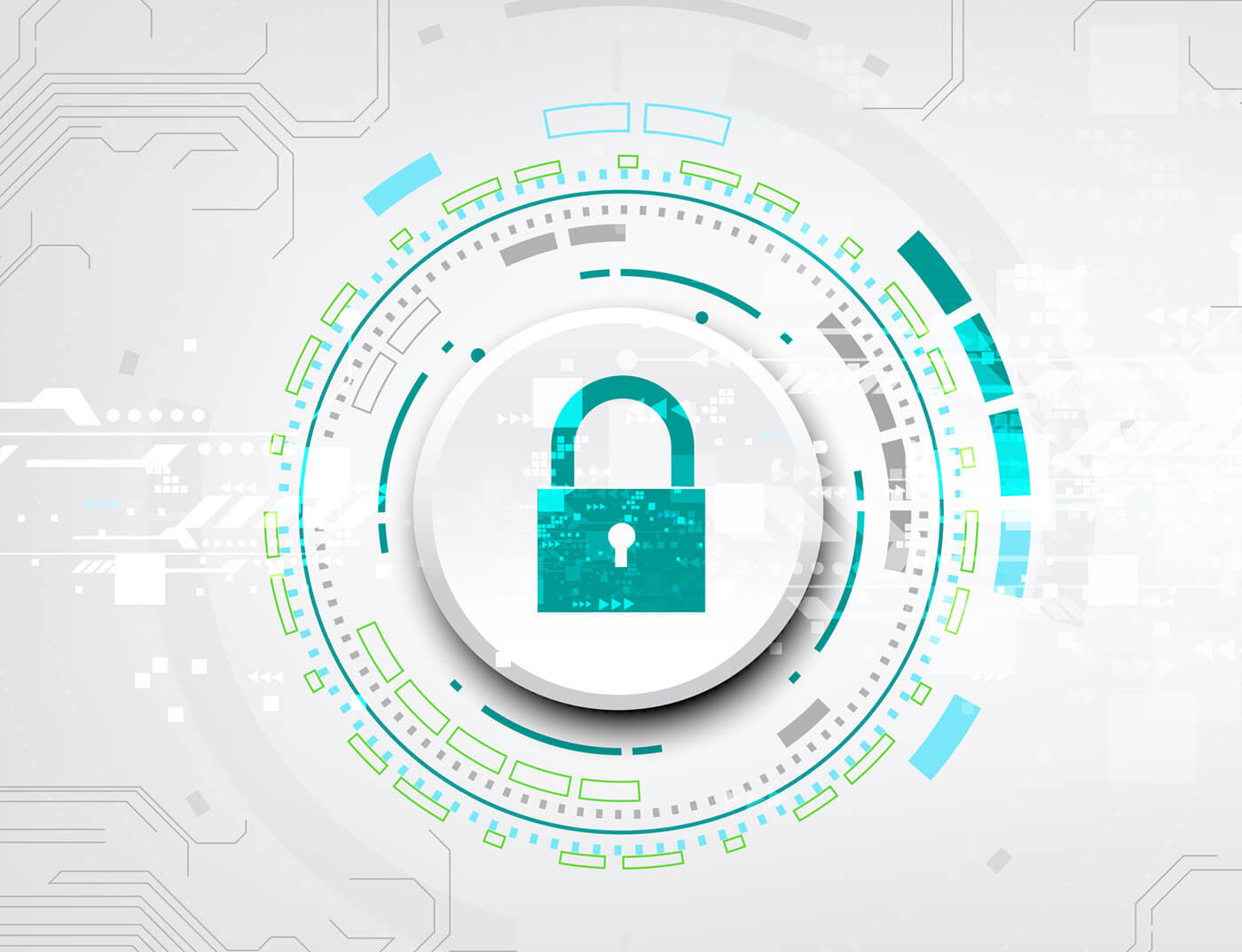Software to protect data plays a crucial role in safeguarding sensitive information and ensuring compliance with data protection regulations. This article delves into the key aspects of data protection software, from its importance to implementation and regulatory compliance.
Importance of Data Protection Software: Software To Protect Data
In today’s digital age, where data is a valuable asset, the importance of using data protection software cannot be overstated. Data protection software plays a crucial role in safeguarding sensitive information and ensuring the privacy and security of both individuals and organizations.
Data breaches are a significant risk when data is not adequately protected. Without proper safeguards in place, data can be vulnerable to unauthorized access, theft, or manipulation. This can have severe consequences, such as financial losses, reputational damage, and legal implications.
Preventing Data Breaches
Data protection software acts as a barrier against potential threats and vulnerabilities that could lead to data breaches. By implementing encryption, access controls, and monitoring tools, data protection software helps to prevent unauthorized access to confidential information.
- Encryption: Data protection software encrypts data to make it unreadable to anyone without the proper decryption key. This ensures that even if data is compromised, it remains secure and protected.
- Access Controls: By setting user permissions and restrictions, data protection software controls who can access and modify sensitive data. This helps prevent unauthorized users from tampering with or stealing valuable information.
- Monitoring Tools: Data protection software includes monitoring tools that track and analyze data access and usage. This allows organizations to detect suspicious activities and potential security breaches in real-time, enabling them to respond promptly and mitigate risks.
Features of Effective Data Protection Software

Data protection software is crucial in safeguarding sensitive information from unauthorized access or breaches. Effective data protection software should possess key features that enhance security and ensure the integrity of data. Let’s explore some essential features that distinguish top-tier data protection software options.
Encryption
Encryption is a fundamental feature of effective data protection software. It involves converting data into a coded form that can only be accessed or deciphered with the appropriate decryption key. This ensures that even if data is intercepted, it remains unreadable and secure. Strong encryption algorithms like AES (Advanced Encryption Standard) are commonly used in data protection software to provide robust security.
Access Controls
Access controls play a significant role in data protection software by allowing organizations to define and manage user permissions. This feature ensures that only authorized individuals can access specific data or perform certain actions within the system. Role-based access control (RBAC) is a popular method used to assign permissions based on user roles and responsibilities, minimizing the risk of unauthorized access.
Data Backup and Recovery
Effective data protection software should include robust data backup and recovery features to prevent data loss in the event of system failures, cyberattacks, or accidental deletions. Automated backup processes, incremental backups, and secure storage options are essential components of a comprehensive data protection strategy. Data recovery capabilities enable organizations to quickly restore lost or corrupted data, minimizing downtime and operational disruptions.
Monitoring and Auditing
Monitoring and auditing features in data protection software help organizations track data access, modifications, and security incidents in real-time. By maintaining detailed logs and audit trails, organizations can identify suspicious activities, comply with regulatory requirements, and investigate security breaches effectively. Continuous monitoring and auditing enhance transparency and accountability in data management practices.
Integration with Security Solutions
Effective data protection software should seamlessly integrate with other security solutions, such as antivirus programs, firewalls, and intrusion detection systems. This interoperability ensures comprehensive protection against various cyber threats and vulnerabilities. Integration with security solutions enhances the overall security posture of an organization and strengthens its defense mechanisms against evolving cyber risks.
Scalability and Flexibility
Scalability and flexibility are essential features of data protection software, especially for growing organizations with expanding data volumes and diverse IT environments. The ability to scale up or down based on changing business needs, support multiple platforms and devices, and accommodate future technological advancements is critical for long-term data security and resilience.
Compliance and Regulatory Support
Data protection software should include features that facilitate compliance with data protection regulations and industry standards. Built-in compliance frameworks, data retention policies, and privacy controls help organizations adhere to legal requirements and avoid costly penalties for non-compliance. Regulatory support features ensure that data protection software aligns with relevant laws and regulations governing data privacy and security.
Implementation of Data Protection Software
Implementing data protection software in an organization is crucial to safeguard sensitive information and prevent data breaches. Below are the steps to effectively integrate data protection software into existing systems:
Steps to Implement Data Protection Software:
- Conduct a thorough assessment of current data security measures and identify vulnerabilities.
- Research and select a data protection software solution that aligns with the organization’s needs and compliance requirements.
- Develop a detailed implementation plan with clear objectives, timelines, and responsibilities.
- Train employees on the proper use of the data protection software and ensure they understand the importance of data security.
- Deploy the software in a phased approach to minimize disruptions and allow for testing and adjustments.
- Monitor and evaluate the effectiveness of the data protection software regularly and make necessary updates or enhancements.
Best Practices for Integrating Data Protection Software:, Software to protect data
- Ensure seamless integration with existing systems by conducting compatibility tests before full deployment.
- Establish clear communication channels with all stakeholders to address concerns and provide support throughout the implementation process.
- Regularly review and update data protection policies to reflect changes in technology and regulatory requirements.
Tips for Ensuring a Smooth Transition:
- Communicate the benefits of the new data protection software to employees to gain their buy-in and cooperation.
- Provide adequate training and support to help employees adapt to the new software and address any challenges they may encounter.
- Monitor the implementation progress closely and address any issues promptly to prevent delays or disruptions.
Compliance and Regulations

Data protection software plays a crucial role in helping organizations comply with various data protection regulations. By implementing robust data protection software, companies can ensure that they are adhering to the necessary laws and regulations to safeguard sensitive information.
Importance of Compliance
Staying up-to-date with data protection laws and regulations is essential for organizations to avoid hefty fines, legal consequences, and reputational damage. Data breaches can result in significant financial losses and damage to the company’s reputation, making compliance a top priority for businesses.
Regulatory Requirements Addressed by Data Protection Software
- General Data Protection Regulation (GDPR): Data protection software helps organizations comply with GDPR requirements by ensuring the secure processing and storage of personal data, obtaining consent from individuals, and facilitating data subject access requests.
- Health Insurance Portability and Accountability Act (HIPAA): Data protection software assists healthcare organizations in complying with HIPAA regulations by implementing robust security measures to protect patients’ medical records and personal health information.
- California Consumer Privacy Act (CCPA): Organizations can use data protection software to comply with CCPA requirements by enabling consumers to opt-out of the sale of their personal information and ensuring the confidentiality and security of sensitive data.
Final Review

In conclusion, software to protect data is essential in today’s digital landscape to mitigate risks, safeguard valuable information, and ensure regulatory compliance. By understanding the significance of data protection software and its key features, organizations can enhance their security posture and protect their data effectively.
Questions Often Asked
How does data protection software help prevent data breaches?
Data protection software uses encryption and other security measures to safeguard data from unauthorized access.
What are the key features to look for in effective data protection software?
Effective data protection software should have encryption capabilities, access controls, regular updates, and audit trails.
How can organizations ensure a smooth transition when implementing new data protection software?
Organizations can ensure a smooth transition by conducting thorough training, testing the software extensively, and involving key stakeholders in the process.
